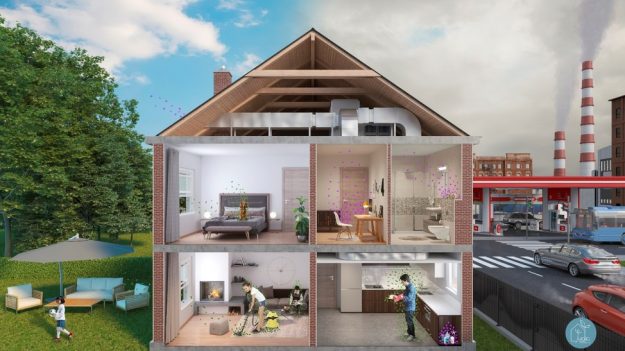The objective of this project is to use scientific-grade air quality instrumentation to characterize how human-associated emissions of particles and bioeffluents contribute to indoor air composition and to resulting inhalation exposures. The measurements will be performed in a controlled environmental chamber located at the Smart Living Lab in Fribourg.
Buildings represent habitats for various airborne pollutants that have direct or indirect effects on the quality of our living spaces, health, and well-being. As we spend most of our time in buildings, understanding sources and composition of indoor air pollutants is fundamental for interpreting the health risks and for developing improved building control measures to mitigate human exposure.
Humans have been identified as strong contributors of airborne particles and bioeffluents in indoor spaces, not only through their activities, but also by continuous pollutant emissions from their skin, clothing as well as breath.
